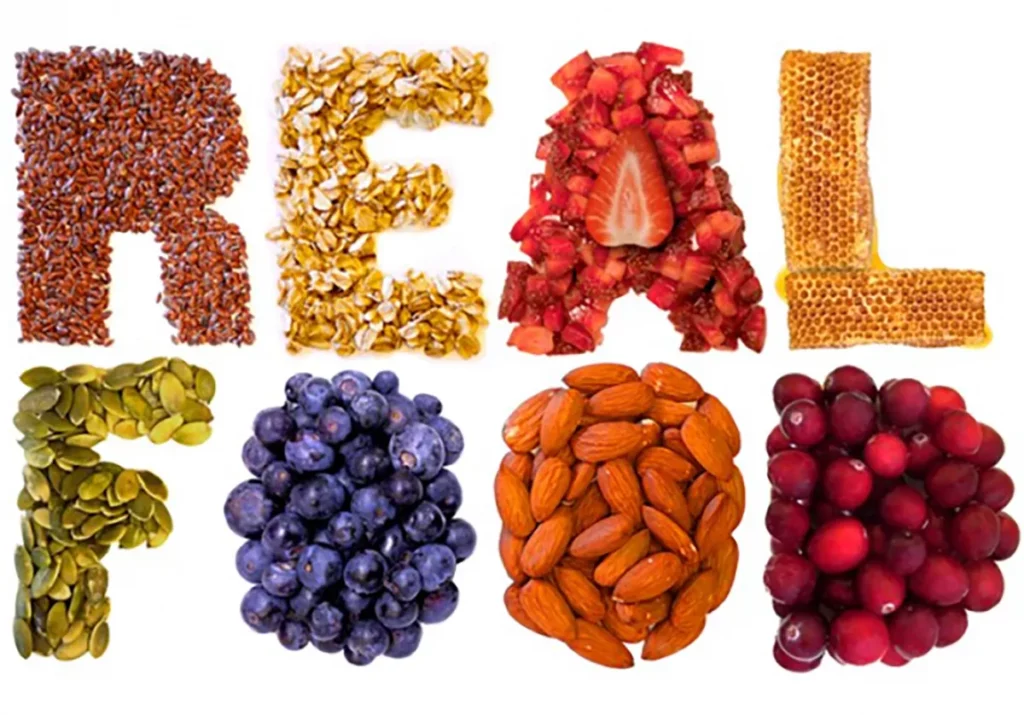Weakening of the bones is a common problem associated with ageing. In most people, bone mass gradually begins to decline in their 30s. For women, that bone loss can significantly speed up during the first 10 years after menopause.
This is the period when osteoporosis often develops. Those with osteoporosis are at increased risk of serious fractures, which can have lethal consequences, not to mention chronic pain.
One important strategy for maintaining healthy bones is to eat real food. A diet full of processed foods will produce biochemical and metabolic conditions in your body that will decrease your bone density, so avoiding processed foods is the most important first step to improving your bone health.
Certain nutrients, including omega-3 fat, calcium, vitamin D, K2 and magnesium, are also critical for strong bones — as is exercise. Weight-bearing exercises are both excellent for strengthening bones and warding off osteoporosis.
Yoga for Better Bone Health
According to a report published in The New York Times, Dr. Loren Fishman who specializes in rehabilitative medicine, has spent years investigating yoga and bone health, in the hopes of determining whether this ancient practice might be an effective alternative to dangerous bone-loss drugs.
“The idea is not widely accepted in the medical community, but then, researchers know comparatively little about complementary medicine in general,” the NYT notes. “So in 2005, Dr. Fishman began a small pilot study of yoga moves that turned up some encouraging results.
Eleven practitioners had increased bone density in their spine and hips, he reported in 2009, compared with seven controls who did not practice yoga … Weight-bearing activity is often recommended to patients with bone loss, and Fishman argues that certain yoga positions fit the bill.
‘Yoga puts more pressure on bone than gravity does,’ he said in an interview. ‘By opposing one group of muscles against another, it stimulates osteocytes, the bone-making cells.'”
12 Yoga Poses for Strengthening Bones
In a larger follow-up study that lasted from 2005 to 2015, Dr.Fishman and three collaborators enrolled 741 volunteers to do 12 yoga poses every day (fully compliant), or at least every other day (moderately compliant).

- Tree Pose
- Triangle
- Warrior II
- Side angle
- Twisted Triange
- Locust
- Bridge
- Supine hand-to-foot I
- Supine hand-to-foot II
- Bent-knee Twist
- Straight legged twist
- Corpse pose
For those worried about sustaining injury, the results of this study were rather exceptional. While 109 bone fractures among the participants had been recorded prior to the study, none of them reported any fractures or serious injuries related to the yoga practice.
What makes exercise so critical for bone health?
Your bones are constantly being rebuilt in a dynamic process involving the removal of old bone through osteoclasts and regeneration of new, healthy bone by osteoblasts.
Load-bearing exercise helps build stronger bones by stimulating cells responsible for the synthesis and mineralisation of bone (osteoblasts). As you put tension on your muscles, it puts more pressure on your bones, which then respond by continuously creating new bone.
4 Important Nutrients for Strong Bones

As mentioned earlier, certain nutrients are really important for bone strength. These include calcium, magnesium, vitamin D and vitamin K2. All four of these nutrients work in tandem and cannot perform properly without the others:
- Vitamin D helps your body absorb calcium
- Vitamin K2 directs calcium to your skeleton while preventing it from being deposited in your organs, joint spaces and arteries. (A large part of arterial plaque consists of calcium deposits, hence the term “hardening of the arteries”)
- When you take vitamin D, your body creates more vitamin K2-dependent proteins that shuttle the calcium around your body. Until or unless the K2 comes in to activate those proteins, those benefits cannot be realised
- Magnesium is another important player needed for the proper function of calcium
Calcium, magnesium, vitamin K2 and D3 are available in supplement form, but you can also get them naturally from food and the sun, which is typically preferable to a supplement.
Three Step Plan to Help Protect Your Bones at Any Age

One of the best ways to achieve healthy bones is to eat real foods that are fresh, wholesome and maximise natural minerals so that your body has the raw materials it needs to do what it was designed to do. In addition, you need sensible sun exposure along with regular exercise. The three-step plan includes:
1- Eat Fresh. Consume a wide variety of fresh, ideally organic, whole foods, including vegetables, nuts, seeds, organic meats and eggs, and raw (unpasteurized) organic dairy for calcium and other nutrients. Minimize processed sugar and refined grains. Switching to a natural salt like pink Himalayan may also be helpful, as it contains a wide variety of natural minerals needed for healthy bone growth.
2- Get Vitamin D. Optimise your vitamin D3 through a combination of sun exposure, food and/or an oral supplement. Check your blood levels regularly to make sure you’re within the healthy range of 40 to 60 nanograms per millilitre.
3- Exercise. Make sure you do some form of weight-bearing exercise. Examples include body-weight exercises, strength training exercises and yoga









Saw the ad for bone health on youtube. Where can I buy these products
All QNet Products are sold through our eCommerce portal based on reference from existing distributors of QNet. If you do not know any current QNet distributors, please email us on [email protected]